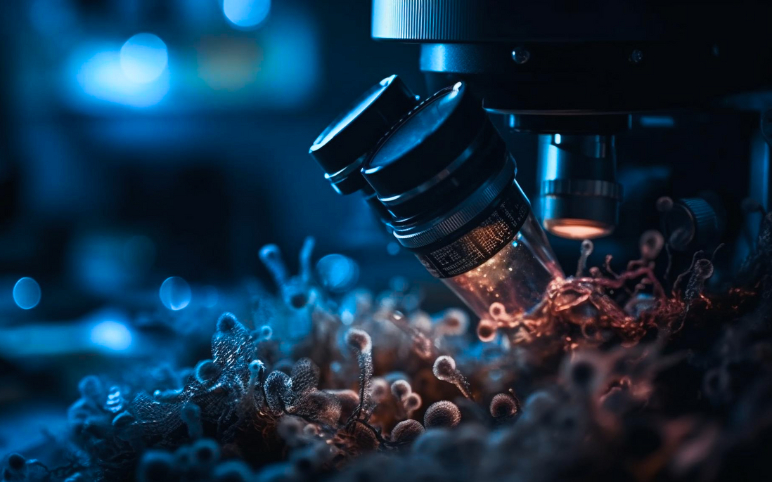
Jan 11, 2019
Breast cancer develops when breast tissue cells grow abnormally and multiply. In essence, the hormones– estrogen and progesterone— and excess levels of human epidermal growth factor receptor 2 (HER2) protein are the known drivers of breast cancer. By testing samples of breast cancer tissue for hormone receptors and HER2 levels, doctors can recommend therapies that work by reducing the strength of these drivers. Normally, around two-thirds of breast cancers will test positive for either estrogen or progesterone receptors, or both. About 20 percent will test positive for excess HER2. However, in 12–17 percent of people who receive a breast cancer diagnosis, the test will be negative for both hormone receptors and high HER2. In other words, it will be triple-negative. And in fact, treatment options for triple-negative breast cancer are limited, as the cancer is unlikely to respond to hormone therapy such as tamoxifen or HER2 therapy such as trastuzumab. Moreover, triple-negative breast cancers also tend to be more aggressive. They are more likely to spread to other parts of the body and come back, following treatment.
A recent study suggests that synthetic TINAGL1 could be a promising candidate for a much-needed new triple-negative breast cancer treatment. One way that TINAGL1 works is by reducing the activity of epidermal growth factor receptor (EGFR) protein. Certain mutations in the EGFR gene increase growth signals to cells to promote tumor growth and spread. However, treatments that target EGFR in triple-negative breast cancer usually result in the cancer cells finding alternative growth pathways.
The other way that TINAGL1 works is by interfering with a pathway involving the protein focal adhesion kinase (FAK) and a group of molecules called integrins. This interference upsets the ability of the cancer cells to grow, migrate, stick to each other, and establish new tumors in other parts of the body.
Article in PDF
Article in PDF

